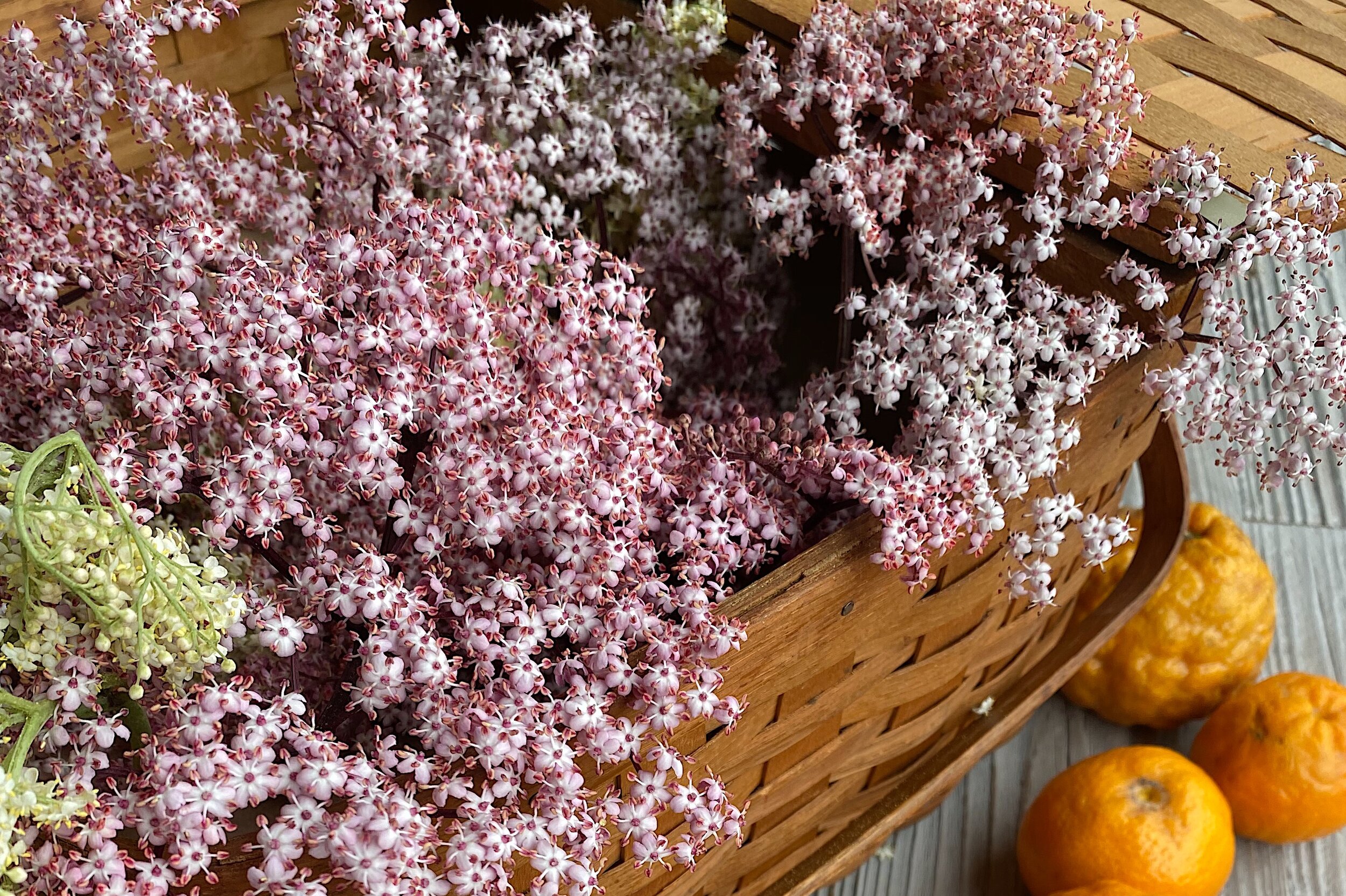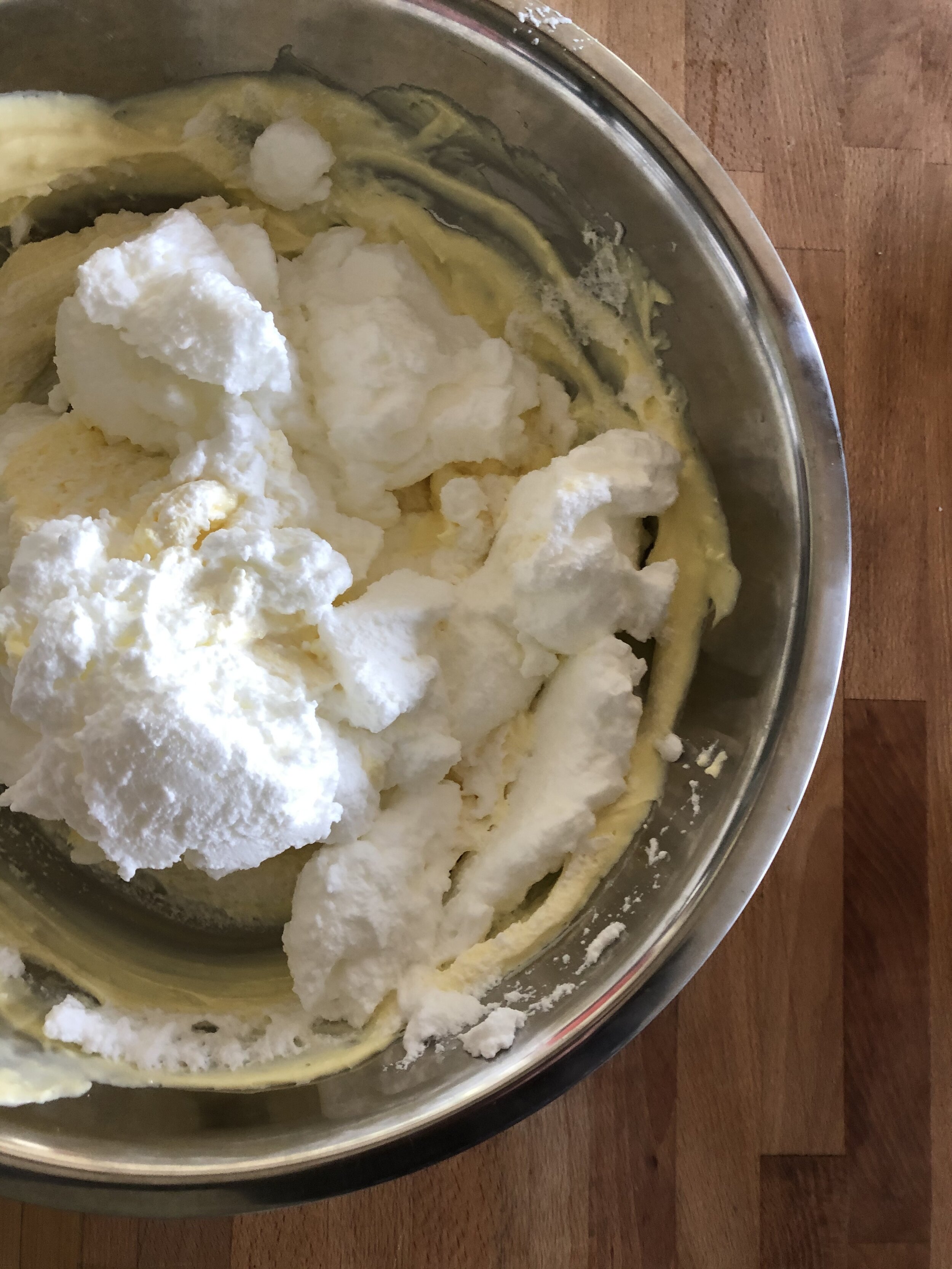S.nigra or “Black Beauty” elderflowers. Photo courtesy of Heather Arndt-Anderson
One day last spring we opened an email that put that faraway look into Sandro’s eyes - the look of creative excitement brewing. That email was from local author and Sunset Magazine Garden Editor Heather Arndt-Anderson offering elderflowers from her backyard bushes. What we ended up with was not only Fioritura (an elderflower strawberry sorbetto) but also a deeper connection with a friend, and an annual Pinolo partner.
Such is the magic of both plants and food to build relationships and deepen our understanding of the world around us. This is something Heather understands at her core having penned several books on the history and cultural connection of food, including Berries: A Global History, Chillies: A Global History, Portland: A Food Biography and Breakfast: A History, and which is also the ethos of her recipe-centric blog Voodoo & Sauce.
So this year, when Heather sent a photo of her blossoming elderflower bushes we seized the opportunity to tap into her knowledge and passion for this ingredient. Here’s what we learned…
Do you have a memory about the first time you discovered or used elderflowers?
HAA: I’d always known that elderberries were useful as medicine, and I have many fond childhood memories of eating at the Elderberry Inn on the way to the coast with my grandma. The first time I heard of using elderflowers, though, was from IKEA — they sell bottles of DRYCK FLÄDER elderflower drink concentrate, and that’s when I learned about how popular the blossoms are all over Europe. I’ve always studied plants and herbs, and always loved making potions, so I started making my own St-Germain shortly after that, about ten years ago.
You're a true homesteader, what's your favorite way to use elderflowers at home?
HAA: My favorite way to use elderflowers now is in syrup, which can then be turned to jelly or added to cakes and icings. I would love to figure out how to get their fragrance into other stuff too, though. Maybe a homemade soap?
How about an unexpected use for them?
HAA: I’ve started experimenting with making candy with them — Swedes love gummy candy, so I’m starting there, and then I’ll try other Northern and Eastern European confections.
Any other tips for growing or using elderflowers?
HAA: They’re super easy to grow —Northwest has a few native elder species — and can handle a wide range of growing conditions. I have one growing in full sunlight next to my driveway and another in partial shade behind my house. They can even tolerate crappy soil. Once you buy (or find) an elder bush, you can grow them from cuttings. Just snip off a branch in the fall and keep it in a bucket of water over the winter. In the spring it’ll have roots and you can plant the new baby shrub in the ground.
A Note From Pinolo: This year Heather’s elderflowers are featured in our Aroma di Primavera sorbetto, made with tangerine and elderflower.
European Elder variety

























